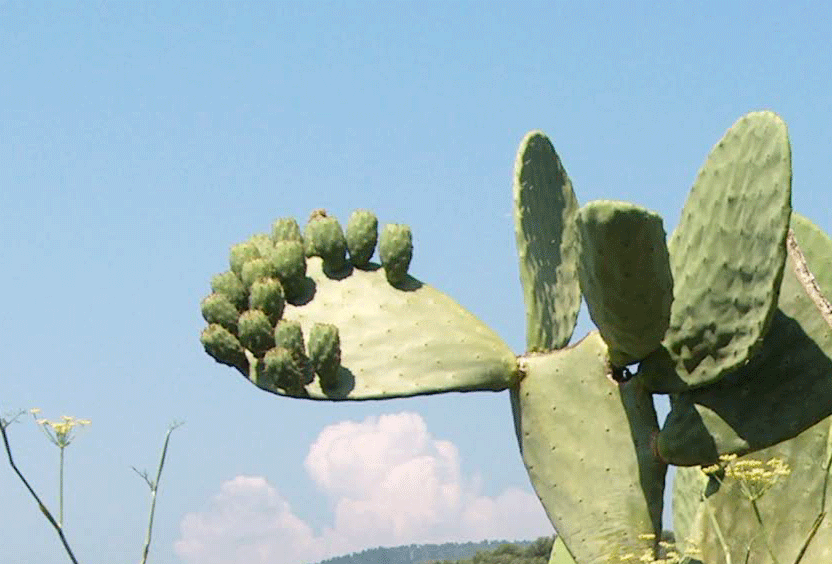 |
||||||||||||||||
|
Rhegion The origins of the ancient city of Reggio merge into the mists of mythology and the meanderings of archeology. From the late third millennium BC until the 8th century BC it was inhabited by peoples called Opici and Osci (perhaps Askenazi) and also by Oenotrians, Phoenicians, Mycenaeans, Ausones, Sicilians, Morgeti and Itali.[1] We know that the sculptor Léarchos was at Reggio at the end of the 15th century BC, and that Iokastos was King of Reggio at the beginning of 13th century BC.[1] After Cumae, Reggio is one of the oldest Greek colonies in southern Italy. The colony was settled by the inhabitants of Chalcis in 730 or 743 BC[1] on the site of the older settlement, Erythrà (Ερυθρά), meaning "the Red one". This dated back to the 3rd millennium BC and was perhaps established by the Ausones. The last Ausonian ruler was king Italus, from whom the name of Italy is derived[2]: the land round Reggio was at first known as Saturnia and then Italia, which in Roman times became the name of the whole peninsula, but in those days corresponded only to present-day southern Calabria, which was also known later as Bruzium.[1] King Iokastos is buried on the Punta Calamizzi promontory, called "Pallantiòn", where Greek settlers later arrived. The colony retained the earlier name of "Rhégion" (Ρήγιoν). Under Greek rule, Reggio became a Polis of Magna Græcia: it was governed by the Messenians, from 737 to 461 BC; by Syracuse from 387 to 351 BC, when it was known as Febea and then by the Campanians although for a time in the 5th-3rd centuries BC, it was also a republic. Reggio was one of the most important cities in Greater Greece, reaching great economic and political power during the 5th and 6th centuries BC under the Anaxilas government. Anaxilas allowed Reggio to rule over all the Messina Strait, including Zancle (modern Messina). Rhegion later allied with Athens during the Peloponnesian War until 387 BC when the city was taken by the Syracusans. Later, the polis of Rhegion reached great artistic and cultural heights, as is shown by the presence of art, philosophy and science academies, such as the Pythagorean School and also for its well-known poets, historians and sculptors such Ibycus, Ippy and Pythagoras of Rhegium. Many items of archaeological interest from this Hellenic era have been retrieved and are displayed in various places locally. Notable People
1. Domenico SPANÒ BOLANI "Storia di Reggio - da' tempi primitivi sino all'anno 1797" • Stamperia e Cartiere del Fibreno, Napoli, 1857 http://books.google.it/books?id=H6IBAAAAQAAJ&printsec=frontcover&hl=it&source=gbs_ge_summary_r&cad=0#v=onepage&q&f=false 2. Lessico Universale Italiano XI, "Italo", Enciclopedia Italiana Treccani, Roma, 1973
|
|
||||||||||||||

